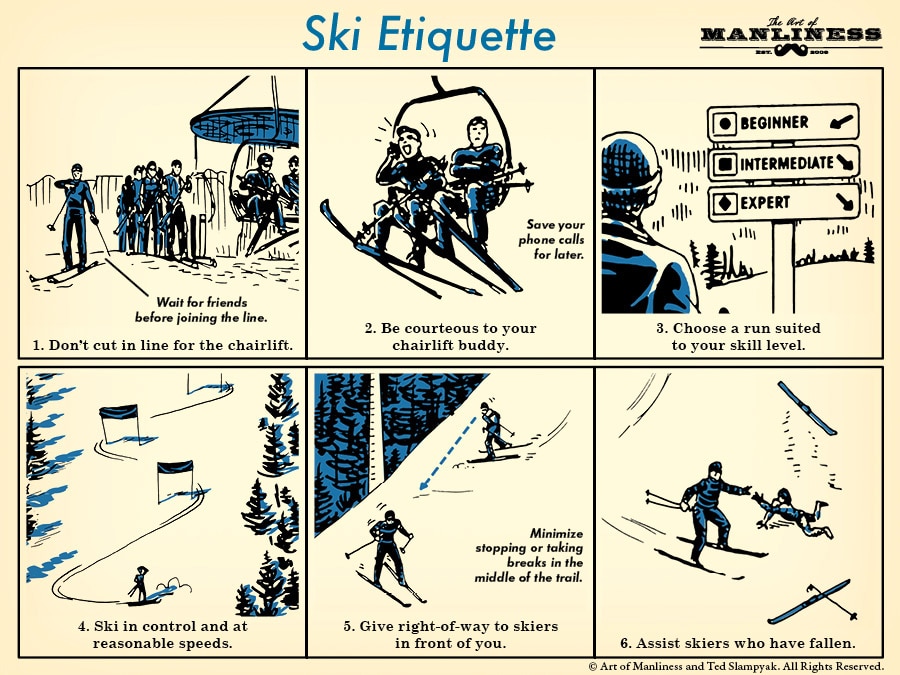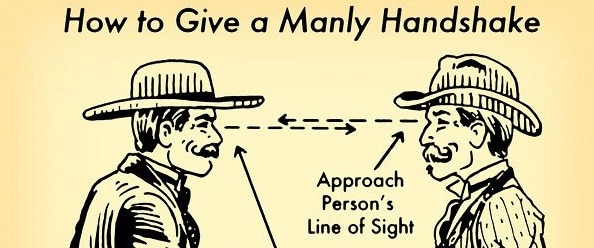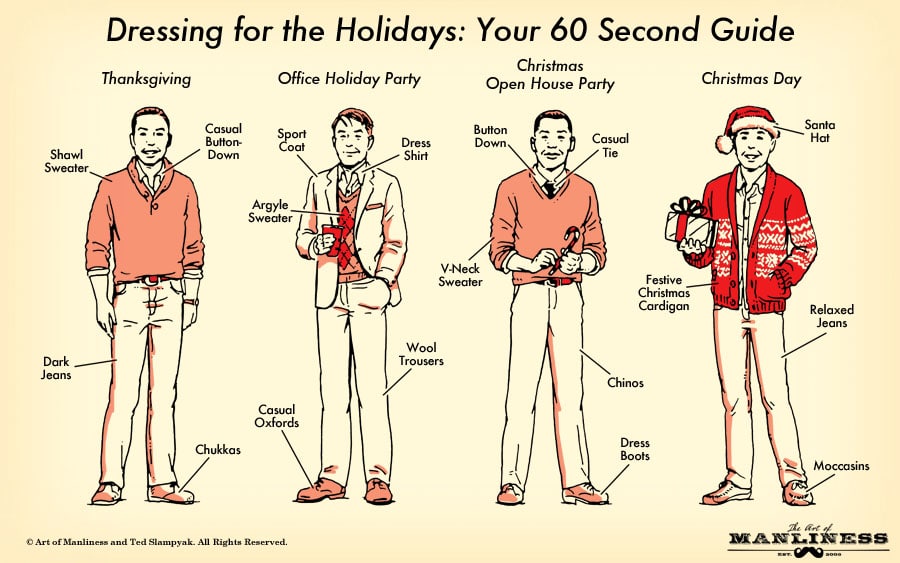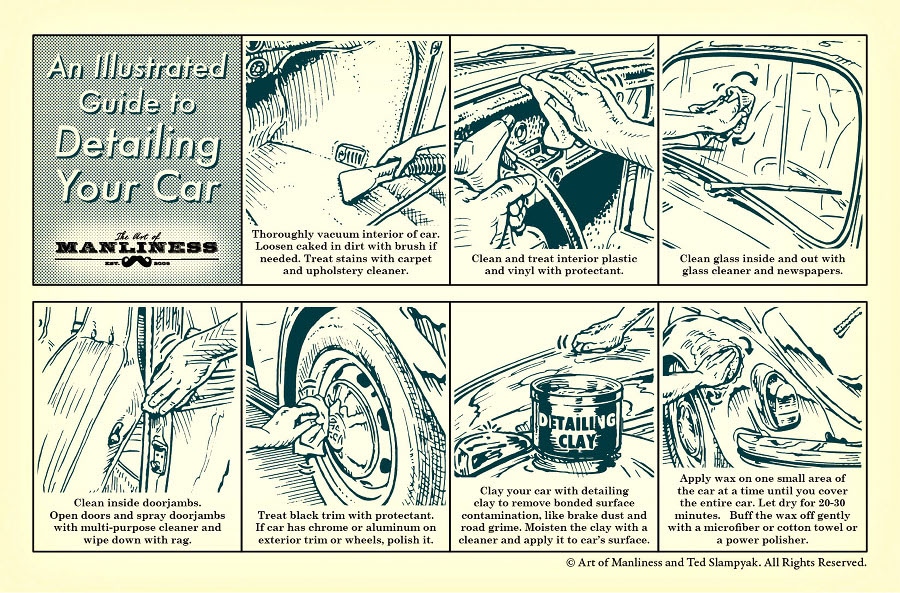Last September I had the honor of delivering the eulogy at my grandfather’s funeral. It was the first one I’d ever written or delivered, so I had no clue as to what to do. But after boning up on advice, and reading and watching a bunch of eulogies online, I was able to put something together I thought did a pretty good of job celebrating my grandfather’s truly rich and honorable life. Though, with how much Grandpa did over his century on earth, I don’t think any eulogy would have completely done the man justice.
If you’re asked to give the eulogy at the funeral of a friend or loved one, you’ll likely experience the same mix of emotions, and feel honored and yet nervous about how to give a speech that fully celebrates the deceased’s life, while giving comfort and catharsis to those he or she left behind.
There’s no getting around the fact that giving a eulogy is a weighty responsibility, but it’s one you should try to embrace. It’s not every day you get to step up, and contribute something meaningful to one of life’s most significant rituals. As long as you prepare well, and go into the funeral with thoughtful remarks and a full heart, you’ll do fine.
Below I share a few tips that I learned about writing and giving a eulogy from my own experience. Maybe they’ll help you as well.
How to Give a Eulogy Summary
- Decide on what kind of eulogy you’re going to give. Either life history, shared memories, or a combo of the two.
- Write the eulogy for your audience, not for you.
- Be funny and sad.
- Write your eulogy out verbatim. Don’t try to wing it!
- Keep it brief.
- Practice, practice, practice (to get the cries out).
- You’re still going to cry, but try to keep it together.
Decide on what kind of eulogy you’re going to give. There are two basic types of eulogies you can offer:
- Life history. This is a eulogy where you just go through the life history of the recently deceased while highlighting achievements. You can often just read the obituary or use the obituary as a guide in drafting a life history eulogy. This type of eulogy is simple and fact-based, and a good option if you don’t personally know the deceased very well.
- Shared memories. With this type of eulogy, you sacrifice breadth for depth. Instead of covering the deceased’s entire life, you hone in on a few specific shared memories that you and the audience have about the deceased. These detailed stories often highlight an attribute or virtue of the dearly departed, but mainly they allow the audience to reminisce about good memories they had with him or her.
You can do either one or combine the two to form a hybrid eulogy. For my grandfather, I chose to do the latter. I used his obituary for the foundation of the eulogy and, when I got to a few of his accomplishments/milestones, I took a brief “detour” to detail a related memory I and the audience shared about that time or situation in my grandpa’s life.
One thing you should consider is asking whoever is planning the funeral for its tentative program, as this might determine what sort of eulogy you ought to give. For example, some other people might be asked to present vignettes of different shared memories of the deceased. If that’s the case, make your eulogy more life history based.
That happened at my grandpa’s funeral. Part of the program called for my uncle and a few of my cousins to share some memories about my grandpa, and a forester my grandpa worked with shared stories about their time together. Knowing that, I kept the shared memories portion of my eulogy to a minimum and kept it focused more on my grandfather’s life history.
The eulogy is for your audience, not for you. Whatever type of eulogy you give, keep in mind that you’re presenting to an audience that has had their own experience and memories with the deceased. So sharing memories or life history that just touch on your personal interaction with him or her is a little inconsiderate. By all means, share those personal memories, but also find ways to connect with all the members in your audience. For example, if coworkers will be in attendance, see if you can find a funny story about the deceased that they can relate to. If members of a community organization the deceased belonged to will be there, include a vignette about his or her time serving with them. If lots of grandkids will be coming to the funeral, share a story that you and all your cousins can reminisce about. You get the idea.
If you don’t know many stories about the deceased off the top of your head, phone/email folks to ask them to share their memories. Most people will be happy to talk about their fond recollections of the dearly departed.
For added gravitas, mix together the heavy with the light. Yes, it’s a funeral, but you don’t want your eulogy to be too serious because that paradoxically detracts from the weightiness and poignancy of the event. To really appreciate the bitterness of a loved one’s death, you need to contrast it with the sweetness of those joyful and even light and funny moments of their life. So don’t be afraid to inject humor into your eulogy! Make your audience laugh.
A good barometer of the effectiveness of your eulogy is that the sounds of both joyous laughter and sad sniffling can be heard from the crowd. It means you had the right mixture of heavy and light.
Write it out. Don’t think you can give a eulogy extemporaneously. Emotions will be close the surface as you deliver it, so the chance of you getting choked up and forgetting what you were going to say are high. To avoid that from happening to you, write out your eulogy word for word and read it from the pulpit or rostrum. Of course, as you’re reading, you don’t want to keep your nose buried in your notes. Practice good oration skills. Glance down to see what you’re going to say for the next line or two, look up and at your audience, and deliver those lines. Rinse, wash, and repeat until you’re done.
I had a moment where I got pretty choked up while talking about how Grandpa taught us grandkids how to ride horses. If I hadn’t had my eulogy written out, I probably would have stumbled through the rest of it.
The other reason you’ll want to write it out is that audience members will likely ask for a copy of it as a keepsake. You can also add it to any family history you all do.
Keep it brief. While the eulogy is an important part of a funeral service, there are other parts, too. To prevent the funeral from going longer than it needs to, keep your eulogy brief, even if the planners say you’ve got all the time you want. Shoot for something around the 10-minute mark; that’s plenty of time to say what you need to say, without the speech feeling like it goes on and on.
Practice, practice, practice (to get the cries out). As mentioned above, emotions are going to be close to the surface as you deliver your eulogy. That’s not a bad thing. Emotion demonstrates your sincere grief, and part of the purpose of a funeral is to evoke a catharsis in the audience — a chance for them to feel and vent their own grief.
But a funeral generally, and a eulogy specifically, should also ideally impart hope and strength to those in attendance. When you’re able to hold it together, you demonstrate the fact that though the grief is acute, life will go on.
Plus, when you’re consumed by choking sobs, you’ll diminish your ability to deliver your eulogy well during this final public chance to honor and celebrate the deceased’s life.
So, you have to find the golden mean between injecting your eulogy with emotion, and speaking its words with clarity and clearness. What that means is speaking with real feeling, without being overtaken by intense crying jags.
To prevent such jags while you’re delivering the eulogy, get all your cries out the night before by practicing it over and over again. Read your speech again and again and again until you no longer cry when you read it, even at the really poignant parts.
You’re still going to cry, but try to keep it together. No matter how much you practice or how much you cried the night before, seeing the teary faces of loved ones and friends as you share tender memories of the recently deceased will still cause you to cry. That’s okay. It means you’re a human being with a heart. But as just stated, while a few tears or moments of getting choked up are fine and can even add to the poignancy of the speech, don’t let it descend into uncontrollable bawling.
Have a hankie or some tissues handy. If you do get choked up, pause for a moment, take a few breaths, wipe away any tears or snot, and start reading again. No need to apologize profusely or make a big deal about choking up. People get it. You’re at a funeral. Just say “Excuse me,” and get back to the work of delivering your eulogy.
The circumstances that necessitate having to write a eulogy are certainly sad, so I can’t with gusto say: “I hope someone dies so you can get to talk about them!” But really, I do hope you get a chance to write and give a eulogy one day; it means you had a special relationship with the deceased, and that their loved ones feel you appreciated the person enough in life to be trusted with commemorating them in death. Giving my grandfather’s eulogy was truly one of the biggest honors of my life, and the process of writing and delivering it made me want to honor his memory by becoming a better man.
Tags: Speeches







